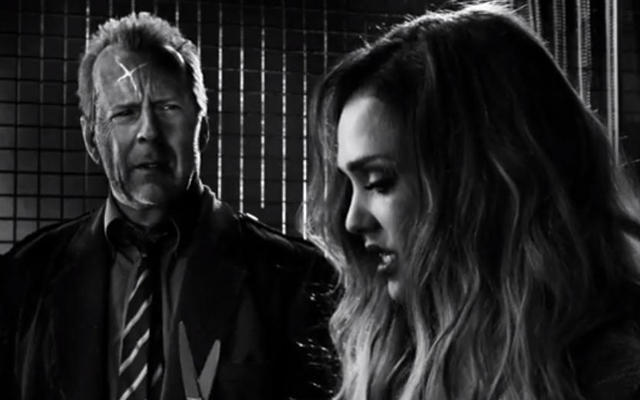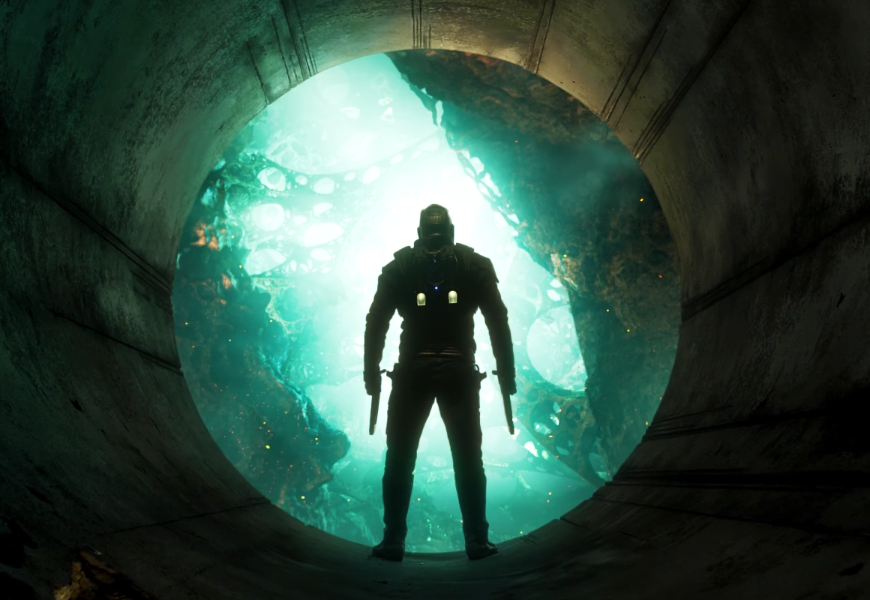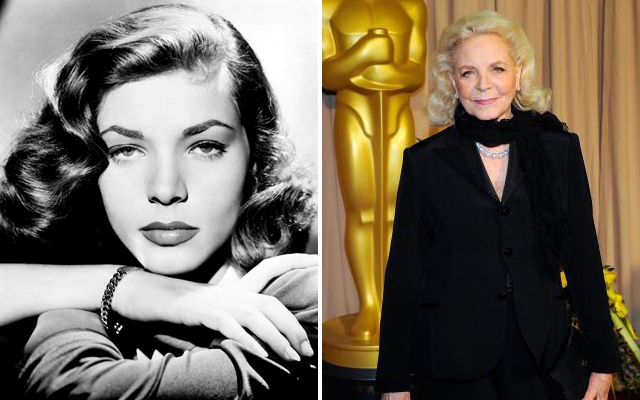When Robert Rodriguez first teamed up with comic book and graphic novel legend Frank Miller to bring Sin City to the big screen, it was the truest adaptation of that type of source material to date. The visuals were stunning, the intertwined stories and intersecting characters sucked you into the brutal and harsh reality that exists behind closed doors and in the dark, dirty corners of Basin City and the collision between classic noir films and violent action held your attention from start to finish.
It was new, fresh, and captivating with big performances in every story combining to create a flick that earned both critical praise and the approval of the protective core audience that first loved the title as a graphic novel.
Nine years later, the tandem is back to offer a second journey through town with Frank Miller’s Sin City: A Dame to Kill For.
This has easily been the hardest of the movies I’ve seen for this series for me to review because there are a lot of really good things about this film and I was one of the many that was blown away by the first installment, but at the same time, I walked out of the theatre feeling like I just watched a sequel that was rushed to the screen in order to capitalize on the momentum of the its predecessor, except nearly a decade has passed.
Let’s start with the positives.
Once again, the film is a breathtaking visual experience—black and white punched with electric pops of colour in ways that stand out and make the bursts of pigment feel like characters. Rodriguez was in on making 3D movies long before Hollywood started turning out everything in 3D and it shows here again as the CGI backgrounds taken right from Miller’s panels in the source material are living and make you feel like you’re walking down the dark streets and sitting inside Kadie’s next to Marv (Mickey Rourke), hoping he doesn’t pop you for eyeballing Nancy (Jessica Alba) while she dances a little too hard.
There are strong performances here too, just as there was in the first flick, even if some of the actors have changed.
Josh Brolin replaces Clive Owen as Dwight, the protector of fragile women with a penchant for physicality when he’s pushed to it, and he and Rourke make for a fun tag team in the titular “Dame to Kill For” arc, but it’s the dame herself, played by Eva Green, that really stands out and not just because of the shining blue overcoat she wears when she makes her first appearance.
A woman like Ava Lord could be hollow, but Green gives her a full life on screen—you feel for her until you realize the mistake you’re making and want to shout at the screen to prevent others from falling victim to her wicked femine wiles. She’s tempting in all the ways that girls that are absolutely no good for you always are, right down to showing you the goods early and often, inticing you with her undeniably beautiful form.
Joseph Gordon-Levitt pops up as a cardsharp with quick hands and a healthy dose of moxie, but it’s the man he battles at the card table, Sen. Rourke, once again played by Powers Boothe, that really pops.
Unlike Green’s character, Sen. Rourke has been established as an evil man thanks to the first film, but Boothe doesn’t slide by on previous impressions. He’s untouchable and he knows it, and he makes no excuses for the way he operates. You get an extra bit of hatred for him each time he references his deceased son, Ethan, better known as The Yellow Bastard, too.
Now to the not so good parts.
Bringing back Alba’s cowgirl stripper Nancy felt like a it was done simply to have Alba gyrating on stage once again, only this time her moves are even more over the top and slutty. It’s supposed to be because her once good girl is crossing over to the vengeful side, but it really just feels like an excuse to have Alba twerk it on stage and ape Channing Tatum’s moves from Magic Mike.
I’m a big JGL fan, but his story felt out of place, since it doesn’t really go anywhere or move the narrative along at all. What made the first movie cool was that each story intersected and played into one another, and though you could argue that “The Long, Bad Night” shares a character with “Nancy’s Last Dance,” that’s the only thing that ties his piece into the whole.
The other tough part is that the chronology of the film in relation to the first movie is akimbo—some of the stories happen before Sin City and others come after the events of the 2005 offering. Brolin’s story pre-dates Owen’s arc with the same character from the first Miller/Rodriguez team up, while Alba’s segment comes after the events of her arc, leading to some confusion about why certain people are alive while others are dead.
But here’s the thing: because it is so fantastically beautiful to look at and engrossing visually, you can overlook some of the flaws to still enjoy the movie.
It doesn’t live up to the standard set by the first appearance of Basin City on film, but it’s doesn’t fall into the “please make it stop” territory inhabited by The Expendables either. It’s worth checking out if you liked the first one, but only if you promise not to be too much of an overprotective, high standards-having fanboy that gets all super-critical and snarky.
No one likes that guy.
Previous Regular Dude Movie Reviews:
Guardians of the Galaxy
Get On Up
Teenage Mutant Ninja Turtles
The Expendables 3
Previous Regular Dude Movie Reviews:
Teenage Mutant Ninja Turtles
Get on Up
Guardians of the Galaxy
– See more at: https://www.amongmen.com/entertainment/movies-tv/regular-dude-movie-reviews-expendables-3#sthash.wOOGKHMB.dpuf












